iPhone 13 vs. iPhone 13 Pro: Which is better for you?
Can't decide between the regular iPhone 13 or the more powerful iPhone 13 Pro? We're here to help.
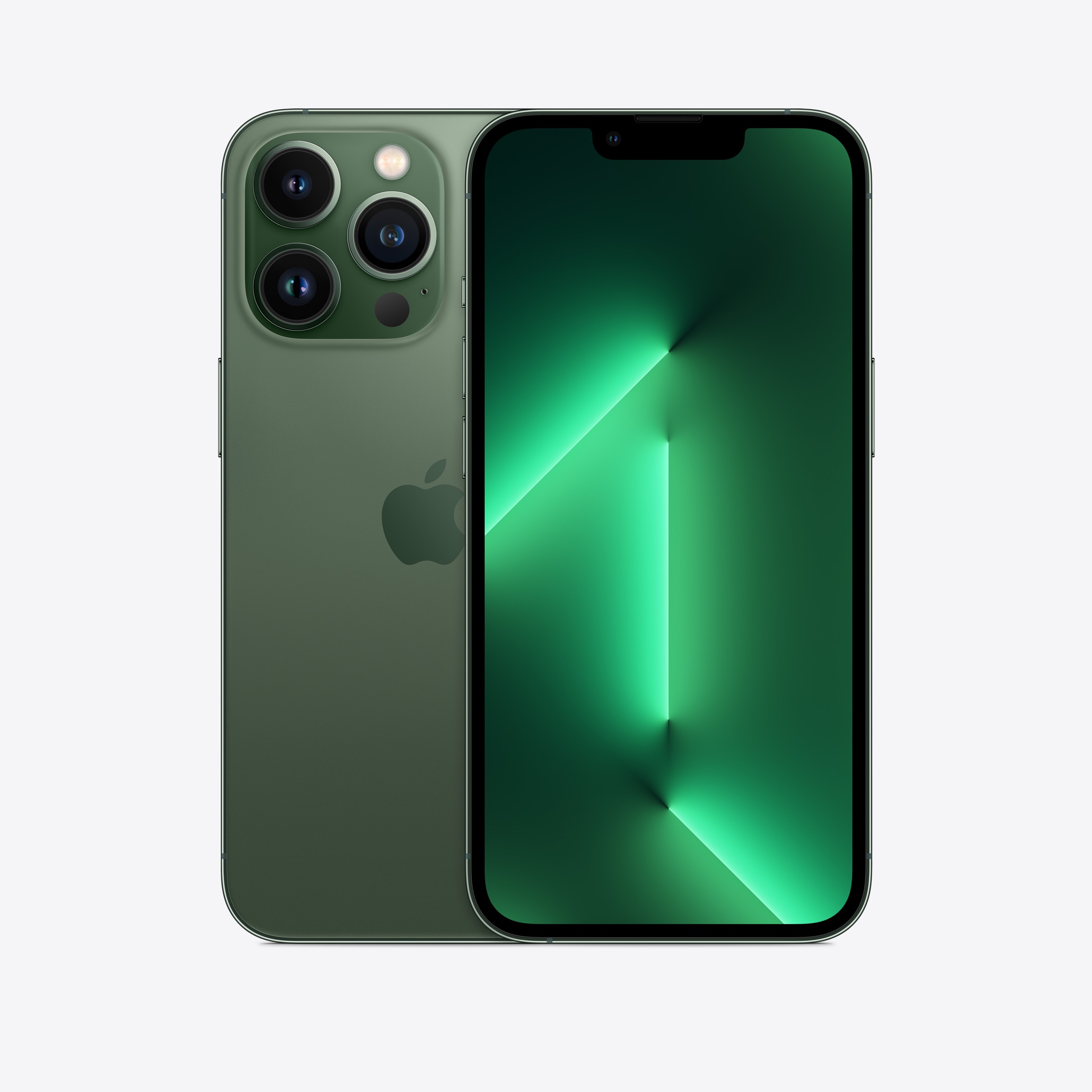
The professional's iPhone
The iPhone 13 Pro is the iPhone to get for those who are serious about mobile photography and want the absolute best display that Apple offers on its popular smartphone. With the triple-lens camera system, you have not just Wide and Ultra Wide, but Telephoto as well for optical zoom instead of digital only, as well as ProRAW, ProRes video, and more. Plus, the 120Hz ProMotion display also ensures that you have the smoothest experience when you use your device, no matter what you're doing. And you can get it in up to 1TB storage, which is incredibly useful for ProRes video.
Pros
- Blazing fast A15 Bionic with 6GB RAM
- Super Retina XDR OLED display with ProMotion
- LiDAR and Wide, Ultra Wide, and Telephoto cameras
- Macro mode, Apple ProRAW, ProRes video
- Up to 1TB storage
Cons
- ProRes video not supported on 128GB
- Screen scratches easily
- Expensive
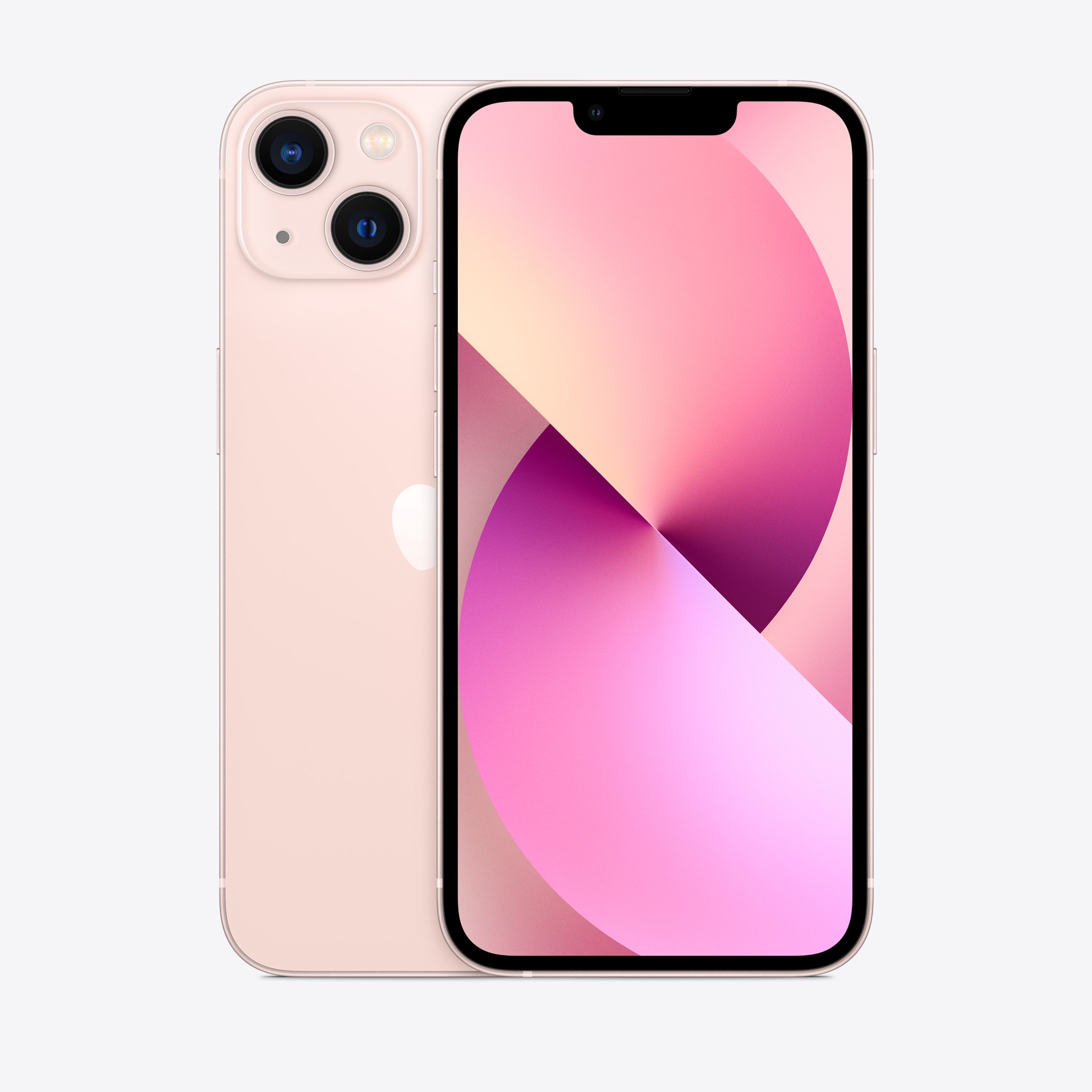
The iPhone for everyone
The iPhone 13 is a great choice for pretty much everyone else. If you don't need a telephoto lens for zooming in on subjects from afar, then the dual-lens camera system on the iPhone 13 is perfectly fine. You also get the A15 Bionic in the iPhone 13, which is the same as the iPhone 13 Pro, so it's still fast in performance. And while ProMotion is nice to have, most people find it hard to tell the difference, so unless you're super nitpicky about displays, the difference is actually very negligible. Plus, the iPhone 13 comes in a better variety of fun and bold colors, though you only get up to 512GB of storage.
Pros
- Excellent cameras
- Battery life is much improved over iPhone 12
- Photographic Styles put a personal touch on your photos
- Wide color selection
- Smaller notch
Cons
- No ProMotion display
- Cinematic mode is limited to 1080p at 30fps
- Still no telephoto lens
- Only 2x Optical zoom range
While the iPhone 13 and iPhone 13 Pro are the latest generations of iPhone, it's clear that the real winner is the iPhone 13 Pro. Both the iPhone 13 and 13 Pro have the same A15 chip, as well as Sensor-shift optical image stabilization (OIS) that debuted exclusively with the previous generation iPhone 12 Pro Max, and they all start at 128GB of storage, but that's where the similarities mostly end. If you want the best iPhone for photography and video, the iPhone 13 Pro is the way to go. But if you don't need that, then the iPhone 13 is still a safe choice.
Do keep in mind that as of this writing, the iPhone 14 is due to be unveiled in a few weeks, with an actual release shortly after. But this also means you can probably find the previous generation devices at more of a discount, so it is great if you're looking for an upgrade to the iPhone 13 Pro or iPhone 13 for less. Just note that these devices won't be the latest and greatest offering from Apple in just a few more weeks.
iPhone 13 vs. iPhone 13 Pro: Breaking it all down
So, what's different between the iPhone 13 and iPhone 13 Pro, aside from the physical differences in the camera and colors? Let's take a look.
| Header Cell - Column 0 | iPhone 13 Pro | iPhone 13 |
|---|---|---|
| Design | Ceramic Shield front + Surgical-grade stainless steel | Ceramic Shield front + Aerospace-grade aluminum |
| Colors | Silver, Graphite, Gold, Sierra Blue, Alpine Green | Starlight, Midnight, Pink, Blue, PRODUCT(RED), Green |
| Processor | A15 Bionic chip, 6-core CPU with two performance and four efficiency cores, 5-core GPU, 16-core Neural Engine | A15 Bionic chip, 6-core CPU with two performance and four efficiency cores, 4-core GPU, 16-core Neural Engine |
| Display | 6.1‑inch OLED Super Retina XDR display with ProMotion | 6.1‑inch OLED Super Retina XDR display |
| Camera | Triple lens 12-megapixel Telephoto, Wide, and Ultra Wide, 12MP TrueDepth front | Dual lens 12-megapixel Wide and Ultra Wide, 12MP TrueDepth front |
| Camera Aperture | Telephoto: ƒ/2.8, Wide: ƒ/1.5 aperture, Ultra Wide: ƒ/1.8 aperture | Wide: ƒ/1.6 aperture, Ultra Wide: ƒ/2.4 aperture |
| Camera Zoom | 6x optical zoom range, Digital zoom up to 15x, 3x optical zoom in | 2x optical zoom range, Digital zoom up to 5x, 2x optical zoom out |
| Night mode portraits | Yes | No |
| Macro photography | Yes | No |
| Storage | 128GB 256GB 512GB 1TB | 128GB 256GB 512GB |
| Battery | Up to 22 hours video playback | Up to 19 hours video playback |
| IP rating | IP68 | IP68 |
| ProRes recording | Yes | No |
| Cinematic mode | Yes | Yes |
| Photographic Styles | Yes | Yes |
| Size and weight | 5.78 x 2.82 x 0.30 inches, 204g | 5.78 x 2.82 x 0.30 inches, 174g |
| MagSafe | Yes | Yes |
As you can see, the iPhone 13 and iPhone 13 Pro share many similarities, including the overall design, A15 Bionic, Ceramic Shield front, water resistant up to six meters for up to 30 minutes, starting 128GB storage capacities, and MagSafe. The iPhone 13 also has up to 19 hours of battery, which should be enough to get through the day (the mini has 17 hours), though the iPhone 13 Pro has 22 hours, with the iPhone 13 Pro Max having the most impressive 28 hours battery life. The standard iPhone 13 also uses aerospace-grade aluminum, so it's fairly light compared to the iPhone 13 Pro, which uses surgical-grade stainless steel on the exterior
But the biggest differences between the two devices lie within the display and camera system.
iPhone 13 vs. iPhone 13 Pro: Display
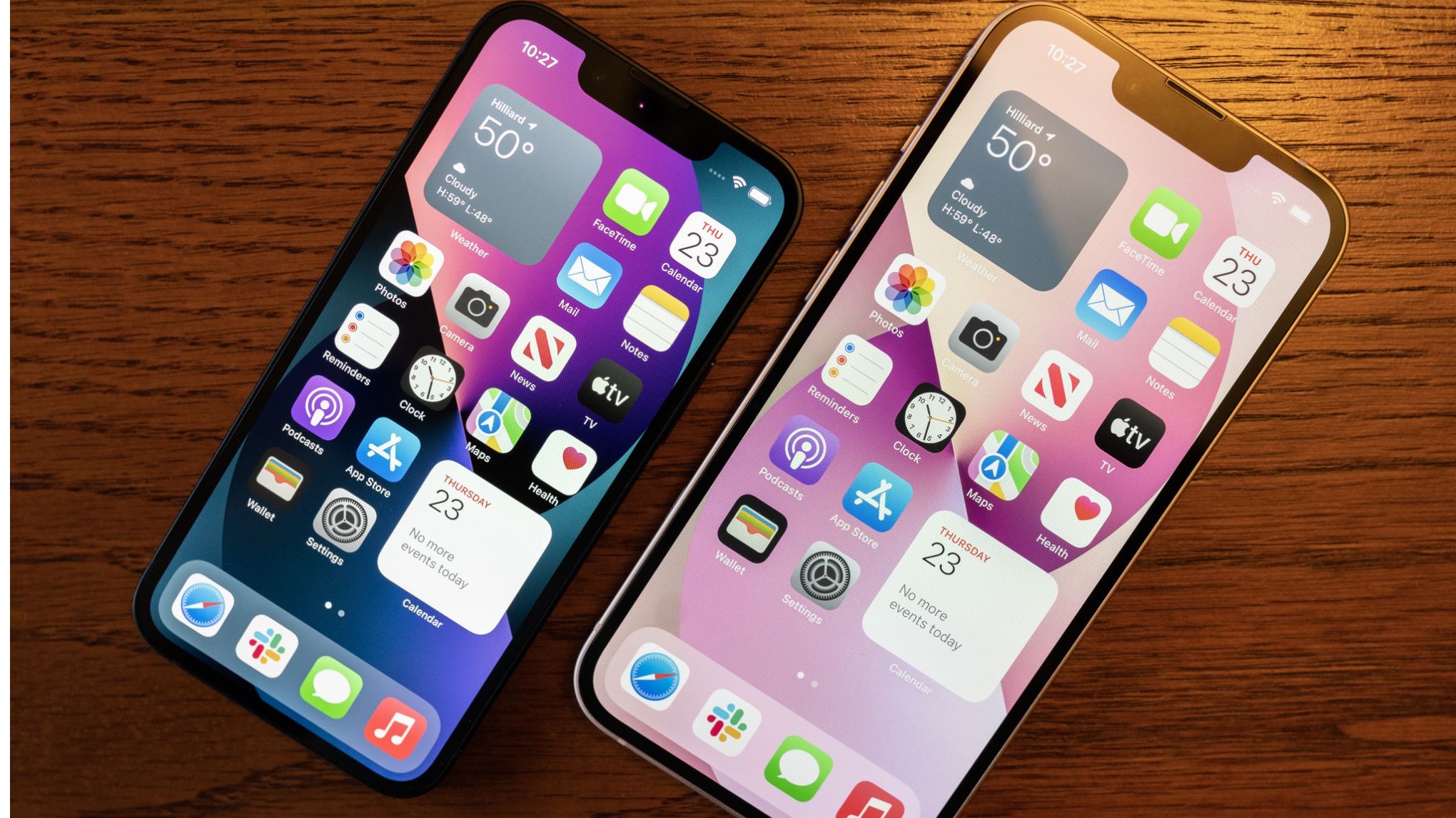
One of the biggest differentiating factors between the iPhone 13 and iPhone 13 Pro are the displays. For the most part, they are the same by having a 6.1-inch Super Retina XDR display that uses OLED technology, and the resolution is 2532x1170 for both (the mini and Max sizes would be a little smaller and bigger, respectively). For the regular iPhone 13 and iPhone 13 Pro, you have 460 pixels-per-inch (ppi), while the mini and Pro Max are at 2778x1284 with 458 ppi and 2532x1170 at 460 ppi.
But once you get into the differences, it is a little more obvious which one is the superior choice. The regular iPhone 13 maxes out at 800 nits standard brightness and 1200 nits brightness for HDR. For the iPhone 13 Pro, it will max out at 1000 nits brightness for standard viewing, and 1200 nits brightness for HDR content. This means the Pro display is a little brighter with typical use, especially out in the sunlight.
iMore offers spot-on advice and guidance from our team of experts, with decades of Apple device experience to lean on. Learn more with iMore!
The other major difference is the fact that only the iPhone 13 and iPhone 13 Pro Max have the ProMotion displays. ProMotion allows the display to have adaptive refresh rates of up to 120Hz, which means smoother scrolling and animations. This is also automatically set by the device and it depends on the type of content, so it can range from 10Hz to 120Hz. When you are doing something like reading a book, the refresh rate can be down to 10Hz, and if you’re playing a graphic-intensive game, it goes up to 120Hz.
The ProMotion display on the iPhone 13 Pro allows for adaptive refresh rates up to 120Hz.
Unfortunately, ProMotion is automatically set depending on the type of activity that you are doing on the phone. This is by design by Apple, so it helps preserve battery life — after all, if your display was always set to 120Hz, it would drain the battery faster.
For the average person, ProMotion may not mean very much because it can actually be hard to notice the impact it has in everyday use. However, if you have an iPhone 13 Pro-side-by-side with an older iPhone or the iPhone 13 that doesn’t have ProMotion, the differences are more apparent. But again, for the everyday user, it’s honestly negligible unless you are super nitpicky about finer details.
iPhone 13 vs. iPhone 13 Pro: Cameras
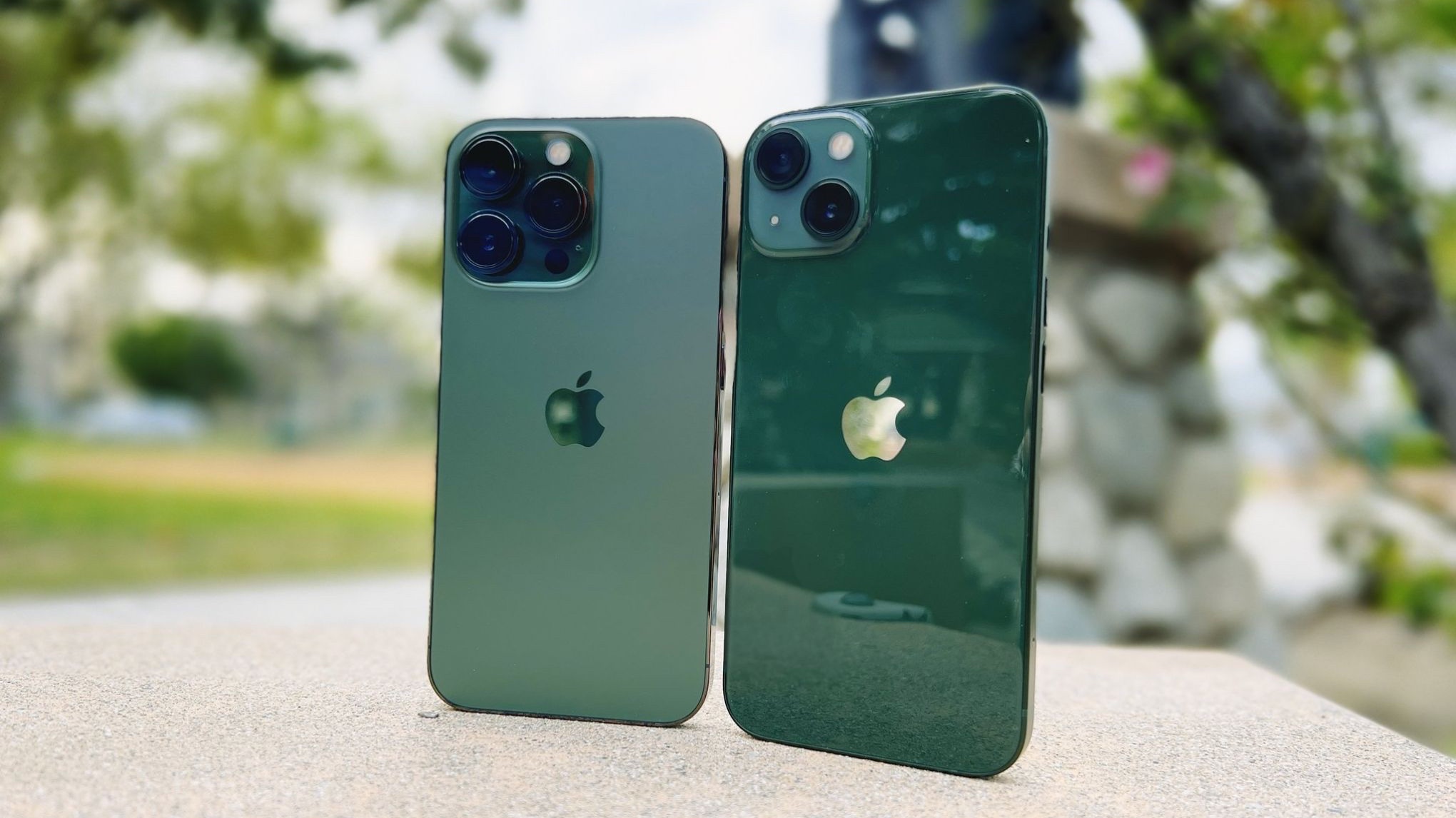
The other big difference, and probably the one factor that determines whether you should get an iPhone 13 or iPhone 13 Pro are the cameras. Simply put, if you take iPhone photography very seriously and want to be able to have optical zoom with a telephoto lens, then you should get the iPhone 13 Pro. Otherwise, the iPhone 13 should suit you just fine.
iPhone 13 is a dual 12MP camera system that only has Wide and Ultra Wide lenses. You do get sensor-shift optical image stabilization (OIS) and 2x optical zoom out with the Ultra Wide lens, which is pretty good. But if you plan on zooming in, the iPhone 13 only has digital zoom up to 5x, which, let’s be honest, digital zoom is never great. That’s because digital zoom simply enlarges the pixels in the center of an image and crops out the rest, giving the illusion of magnification, but at the cost of lesser resolution and overall quality.
With the iPhone 13 Pro’s telephoto lens, you’ll have 3x optical zoom in with 6x optical zoom range, and digital zoom up to 15x. Optical zoom is different from digital zoom because it uses physical camera lens movement by increasing focal length. With the telephoto lens, you will be able to get closer to your subject without sacrificing quality.
The iPhone 13 Pro is the superior choice for those who take photography seriously.
Macro photography is also possible with only the iPhone 13 Pro devices, even though it doesn’t use telephoto for macro, just the Ultra Wide lens. This is probably because Apple wanted more features on the Pro lineup to entice customers to purchase it. With Macro mode on iPhone 13 Pro, it activates automatically once you are close enough to a subject. It basically uses the Ultra Wide lens to autofocus while still retaining the crop of the 1x Wide lens. Macro mode kicks in when you are within 2cm or 0.78-inches, and it works for both photos and video.
Finally, the iPhone 13 Pro is also capable of ProRes recording up to 4K at 30 fps for both the front and rear-facing cameras. This is a professional-level codec that is used by a lot of pro camera systems, usually in filmmaking. When you record in ProRes, it’s pretty much broadcast-ready content with high color fidelity and low compression. While you can record, edit, and deliver the content right on your iPhone 13 Pro, this is the kind of stuff that you’ll want to import into Final Cut Pro on your best Mac.
But be careful — a single minute of ProRes video at 4K resolution can eat up about 6GB of space on your iPhone. This is when the 1TB option for iPhone 13 Pro comes in handy. However, if you only have the 128GB model, then you are limited to ProRes at 1080p at 30fps.
iPhone 13 vs. iPhone 13 Pro: Which should you buy?
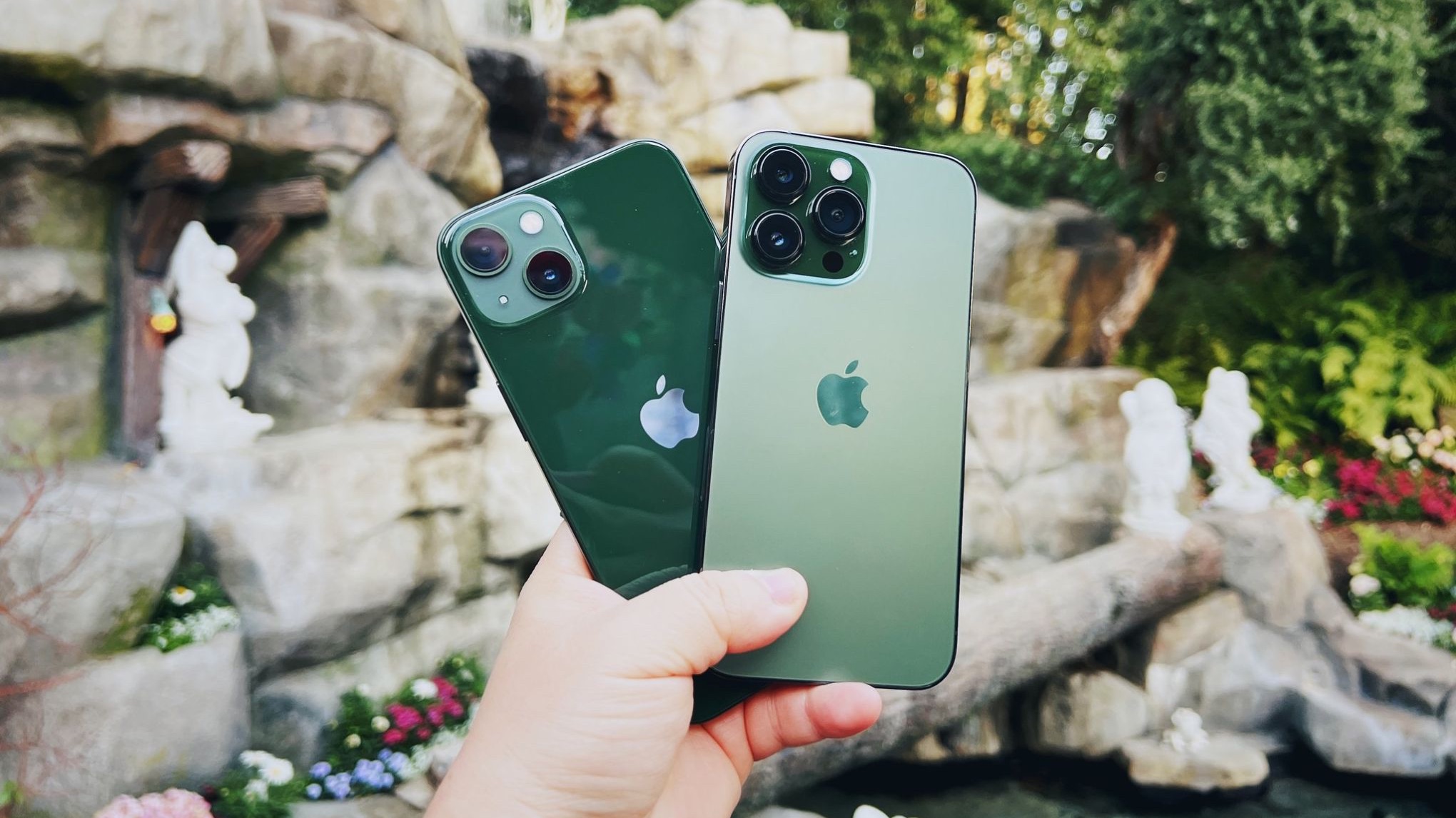
If you are looking for the absolute best iPhone, there's no doubt about it: the iPhone 13 Pro is the only way to go, especially if you want the best features for iPhone photography and videography. With bigger camera sensors that perform much better in low light environments, a 77mm telephoto lens giving you a total of 6x optical zoom range, Macro photography capabilities, and ProRes video recording, the choice is obvious. Plus, with up to 1TB of storage, there is going to be plenty of space to keep all of your amazing photos and videos in one place. And the ProMotion display ensures better response times and overall smoothness, especially while playing the best iPhone games.
But if you don't need all of that, then the iPhone 13 is still perfectly fine. It's still blazing fast with the A15 chip, and you'll still have Cinematic mode and Photographic Styles with Sensor-shift OIS. And even though the display doesn't have ProMotion, the difference could be negligible anyway for most people. After all, the regular OLED Super Retina XDR display is nothing to sneeze at either.

Incredible for photographers
The iPhone 13 Pro has up to 1TB storage, an A15 chip, and a slew of new camera features to make it a powerhouse for photographers and casual users alike.

The phone for most people
The iPhone 13 is fast with the A15 chip and still has a great camera system for most people, along with a beautiful and crisp display.

Christine Romero-Chan was formerly a Senior Editor for iMore. She has been writing about technology, specifically Apple, for over a decade at a variety of websites. She is currently part of the Digital Trends team, and has been using Apple’s smartphone since the original iPhone back in 2007. While her main speciality is the iPhone, she also covers Apple Watch, iPad, and Mac when needed.
When she isn’t writing about Apple, Christine can often be found at Disneyland in Anaheim, California, as she is a passholder and obsessed with all things Disney, especially Star Wars. Christine also enjoys coffee, food, photography, mechanical keyboards, and spending as much time with her new daughter as possible.
